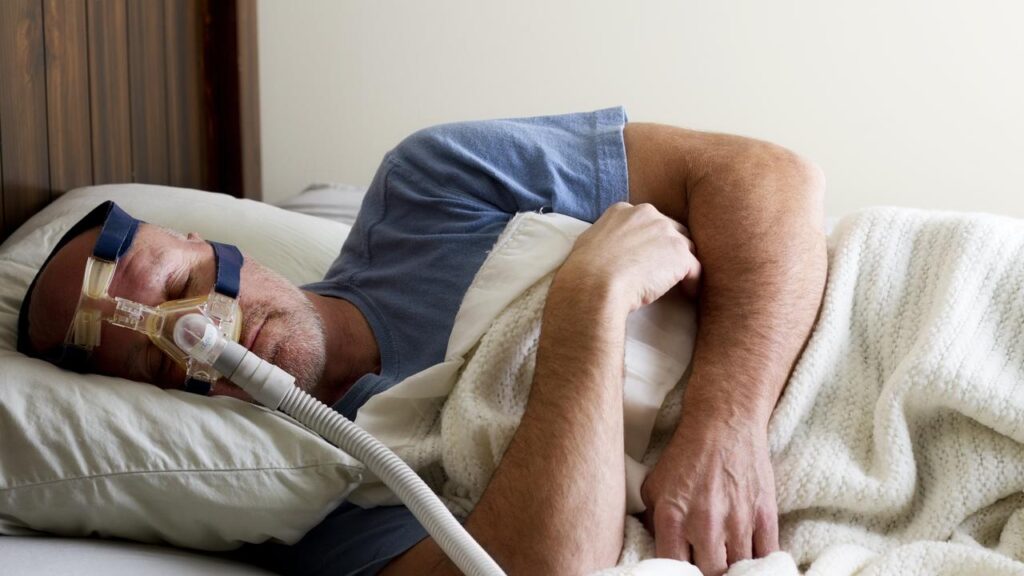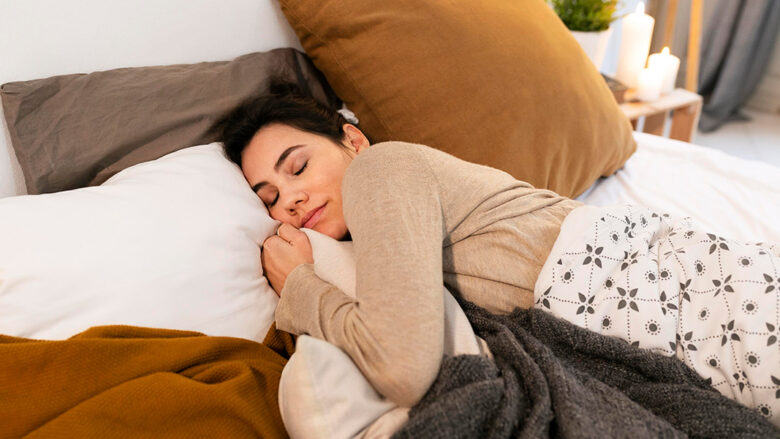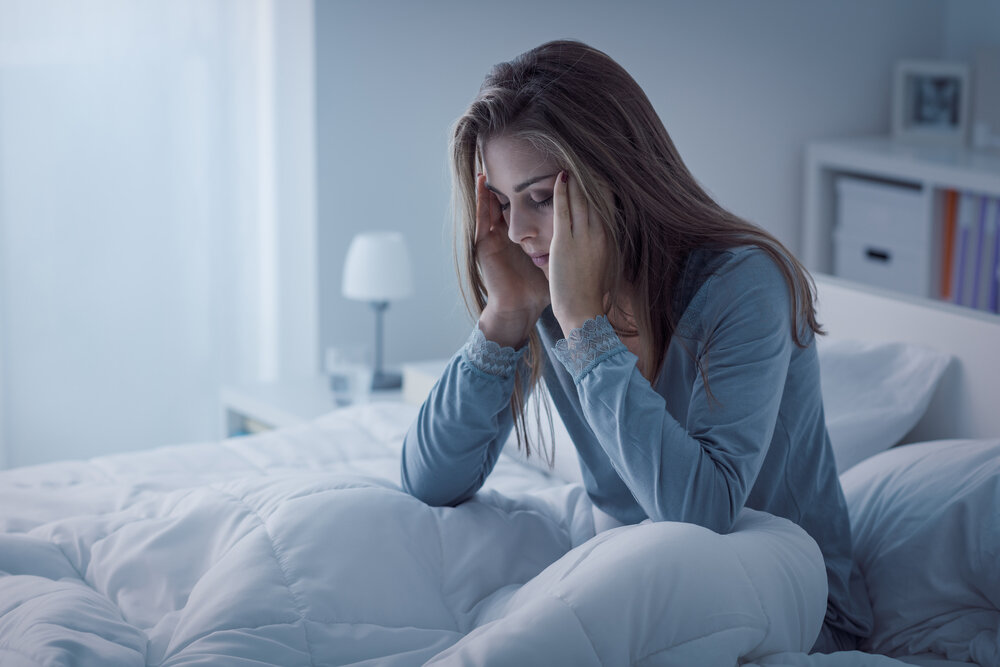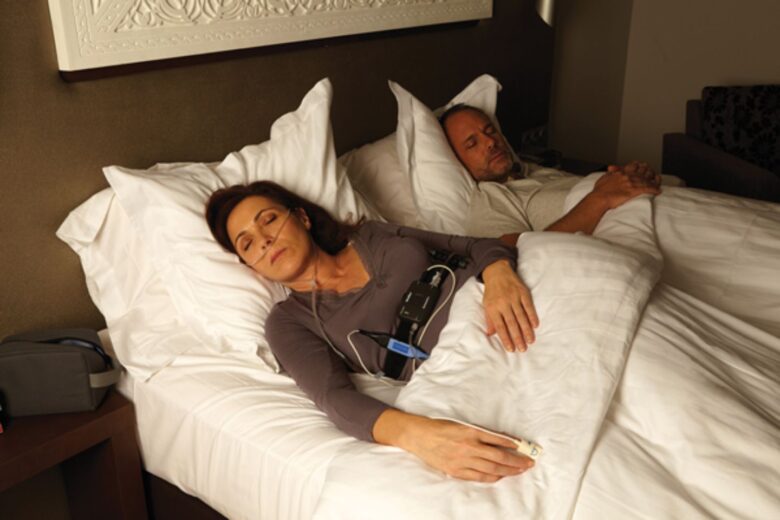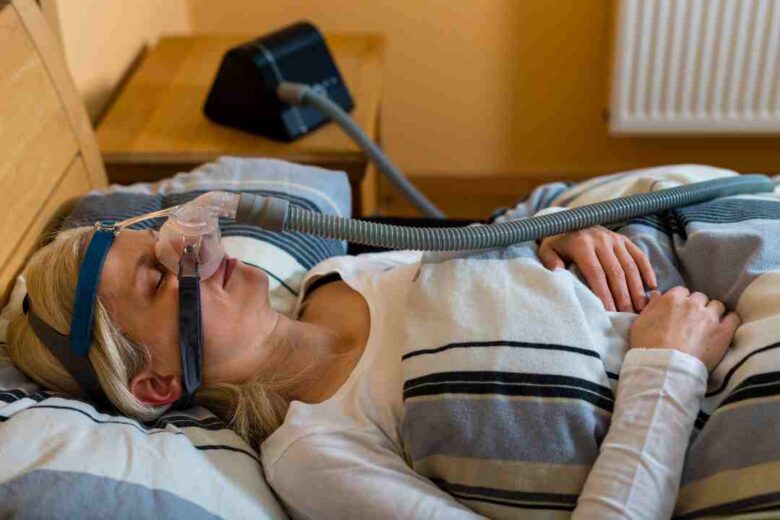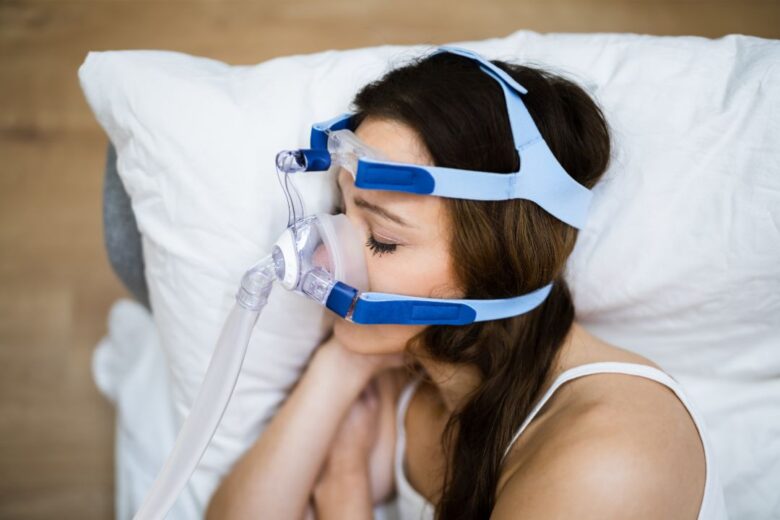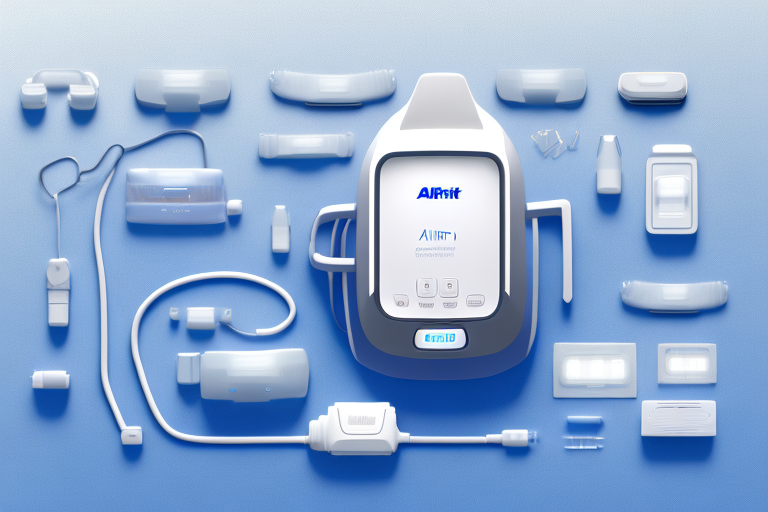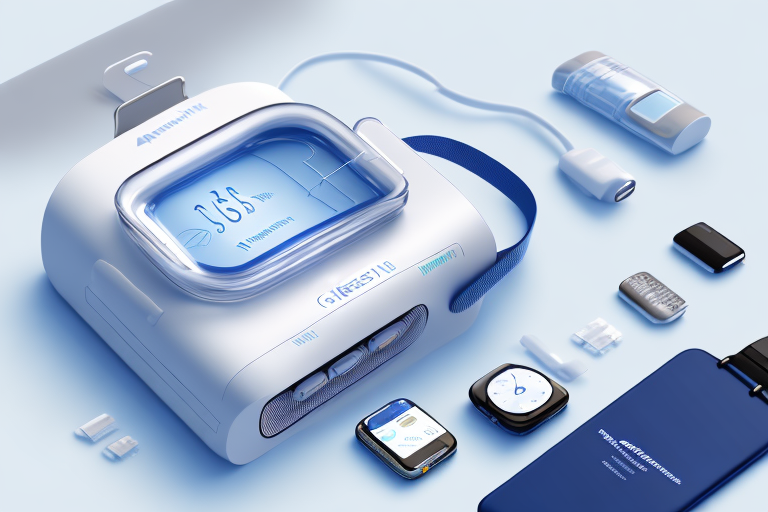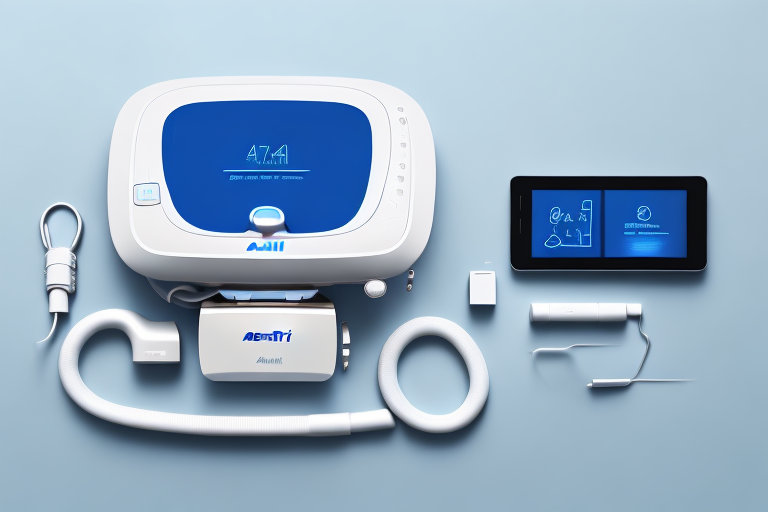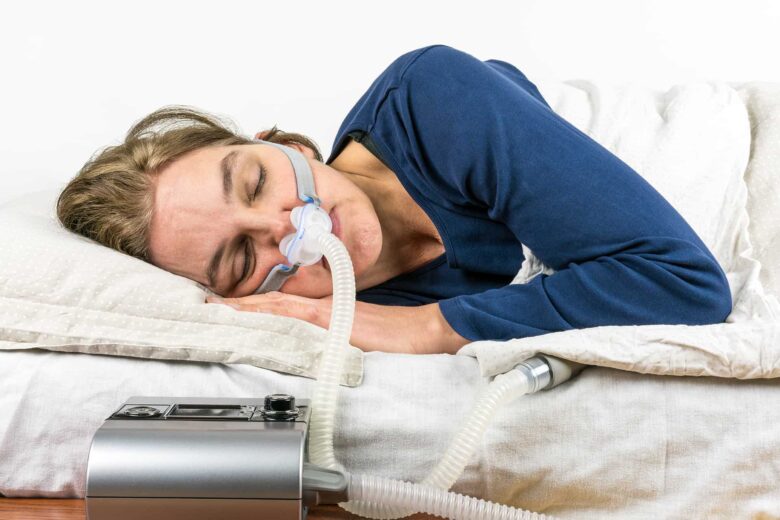When it comes to managing sleep apnea, a CPAP (Continuous Positive Airway Pressure) machine can make a world of difference. This life-saving device helps maintain a steady flow of air to the lungs, ensuring you breathe freely throughout the night. Whether you’re a first-time buyer or looking to replace your current machine, finding the best CPAP machine at the right price is crucial. In this article, we’ll guide you through where to find the best deals on CPAP machines for sale in Australia, and what factors to consider when making your purchase.
What Is a CPAP Machine and How Does It Work?
A CPAP machine is designed to help individuals with sleep apnea maintain a constant airflow while they sleep. Sleep apnea is a condition where a person’s breathing repeatedly stops and starts during sleep. CPAP machines are widely recommended by doctors to treat obstructive sleep apnea (OSA). The device uses a hose connected to a CPAP mask or nosepiece to deliver constant, steady air pressure to help keep the airways open.
For anyone struggling with sleep apnea, choosing the best CPAP machine can significantly improve their quality of life by ensuring better sleep and overall health.
Where to Buy CPAP Machines in Australia
When it comes to buying CPAP machines in Australia, you have several options. Whether you prefer shopping online or in-store, there are plenty of reliable sources for high-quality CPAP machines.
1. CPAP Machines Online: The Convenience of E-Commerce
Shopping online for CPAP machines in Australia has never been easier. There are numerous online stores that specialize in sleep apnea equipment, offering competitive prices and a wide selection of machines. Some of the top online retailers include:
- Sleep Health – Known for a broad range of CPAP machines and related accessories.
- CPAP Direct – Offers a user-friendly website with detailed product information and expert advice.
- CPAP Shop Australia – This site offers various brands and models, catering to a wide range of budgets.
Shopping online not only provides convenience but often offers better deals compared to physical stores. You can compare prices, read customer reviews, and get professional advice from online specialists, all from the comfort of your home.
2. Buying CPAP Machines from Local Pharmacies and Medical Equipment Stores
For those who prefer to test a product in person or get advice from a professional, visiting local medical equipment stores or pharmacies is a viable option. Major pharmacies across Australia, such as Chemist Warehouse and Priceline, often stock CPAP machines and masks. These physical stores give you the advantage of receiving personalized guidance and immediate assistance.
Another benefit of buying in-store is that you can ask about warranty details, troubleshooting, and after-sales service directly from the staff. This hands-on approach can provide peace of mind before making a purchase.
3. Online Marketplaces for Discounted CPAP Machines
If you’re looking to save some money, online marketplaces such as eBay or Amazon also sell CPAP machines. Many sellers offer new, refurbished, or gently used devices at a fraction of the cost of brand-new models. However, when purchasing from these platforms, it’s important to verify the seller’s ratings and ensure the product is in good condition. You may also want to check the return policy and warranty offered by the seller.
What to Consider When Buying a CPAP Machine
While finding a great price is important, it’s equally essential to choose a machine that suits your specific needs. Here are some factors to consider before making your purchase:
1. CPAP Machine Features
Modern CPAP machines come with a variety of features, and choosing the right one depends on your personal preferences and needs. Some important features to look out for include:
- Pressure Settings – Many machines offer adjustable pressure settings, allowing you to fine-tune the pressure for maximum comfort.
- Humidifiers – If you live in a dry climate, or if you suffer from a dry mouth or throat, look for a CPAP machine with an integrated humidifier to add moisture to the air.
- Noise Level – A quieter machine can help you sleep more peacefully, so consider a machine with a low decibel level.
- Portability – If you travel frequently, you may want to invest in a lightweight, portable CPAP machine that can easily fit into your carry-on luggage.
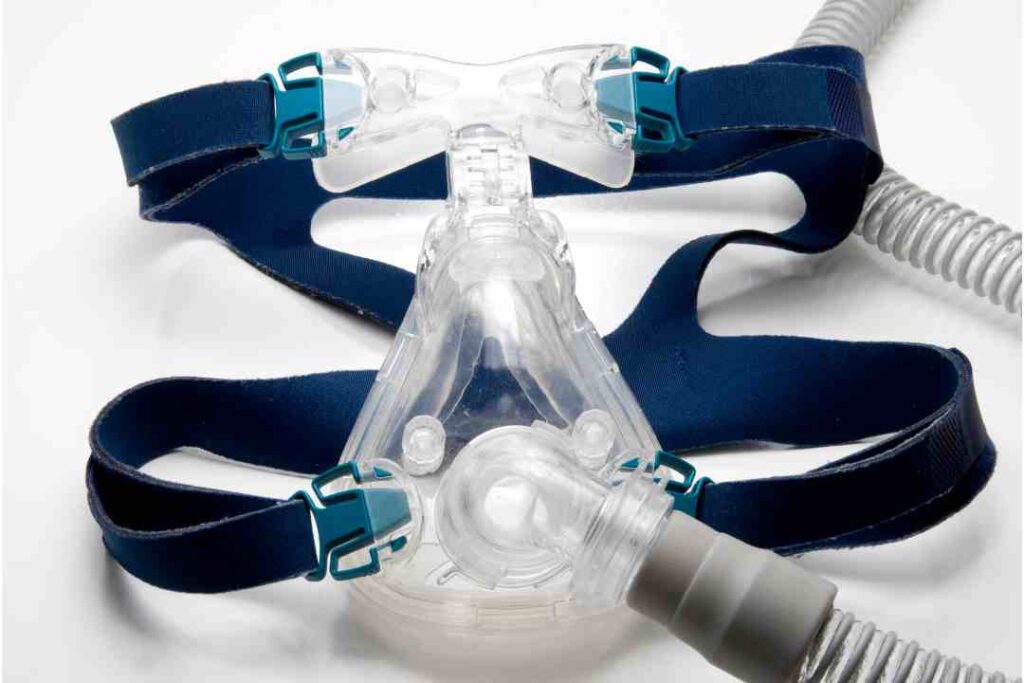
2. CPAP Machine Brands
Several well-known brands dominate the CPAP machine market, including:
- ResMed – One of the leading CPAP machine manufacturers in Australia, known for producing high-quality, reliable products.
- Philips Respironics – Offers a wide range of models, with advanced features like auto-adjusting pressure.
- Fisher & Paykel Healthcare – Known for innovative CPAP devices that are both user-friendly and efficient.
Each brand has its own set of features and benefits, so take the time to research and find the one that best suits your needs.
3. Price Comparison
As with any major purchase, it’s essential to compare prices before making a decision. CPAP machines can range in price from around $400 to over $2,000, depending on the features and brand. Online stores often offer discounts, bundle deals, and promotions, so keep an eye out for sales events to get the best value for your money.
Best CPAP Machines in Australia
Here are some of the best CPAP machines available for sale in Australia, known for their reliability, performance, and value for money:
- ResMed AirSense 10 AutoSet – Offers advanced auto-adjusting pressure, is quiet, and comes with a heated humidifier.
- Philips DreamStation Auto CPAP – Known for its ease of use, smart features, and sleek design.
- Fisher & Paykel Icon+ Auto CPAP – A compact, portable machine with excellent performance and a built-in humidifier.
Conclusion
Finding the best CPAP machine at the right price in Australia doesn’t have to be a difficult task. Whether you shop online or in a physical store, there are numerous options available to meet your needs. Take the time to compare different models, consider the features that are most important to you, and select a machine from a reputable brand. With the right CPAP machine, you can enjoy better sleep and improved health.
The ResMed AirSense 10 AutoSet, Philips DreamStation Auto CPAP, and Fisher & Paykel Icon+ Auto CPAP are all top-rated machines known for their quality and performance.
Important features to consider include adjustable pressure settings, built-in humidifiers, noise levels, and portability. Choose the features that best suit your comfort and lifestyle.
You can buy CPAP machines online from sites like CPAP Direct, Sleep Health, or CPAP Shop Australia. Alternatively, you can visit local pharmacies or medical equipment stores for personalized assistance.




